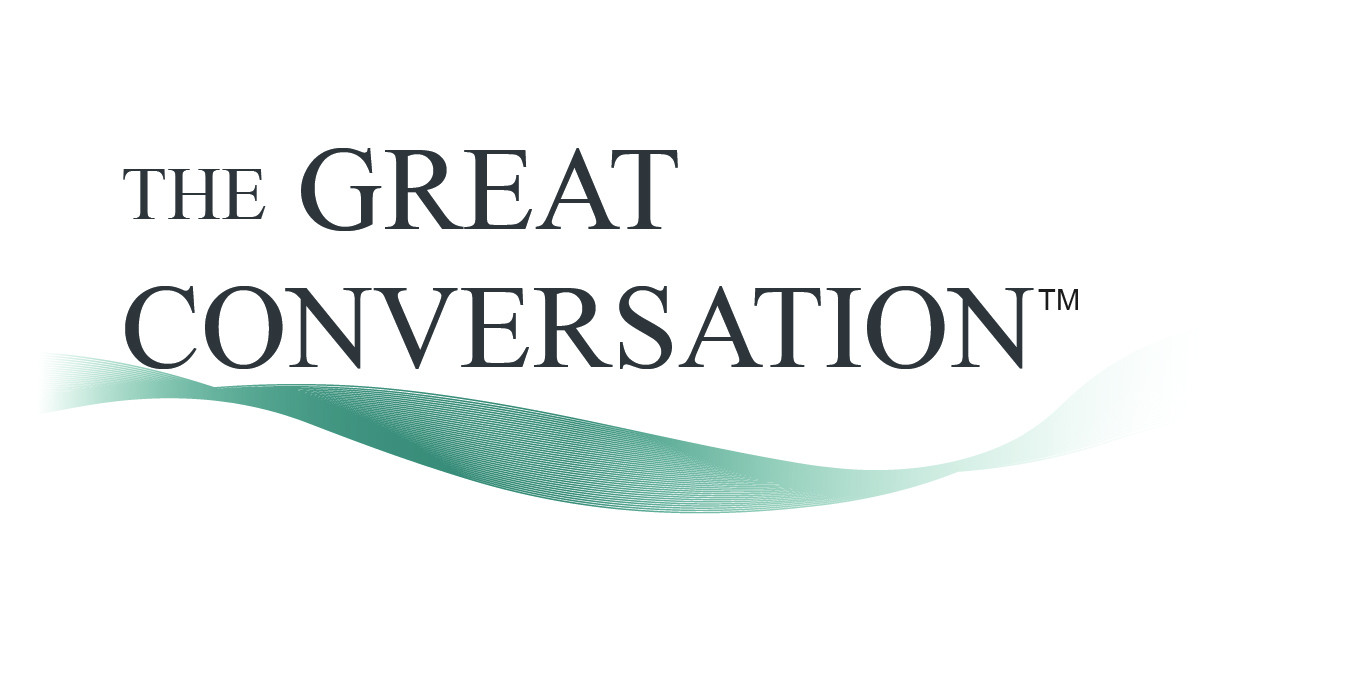On the surface, the impetus for adding Visitor Management to a site is obvious: to make it safer by tracking and processing all guests.
Today’s Visitor Management systems secure premises by screening visitors against internal and external watch lists, alerting visitors when their guests arrive and more. Simply put, a Visitor Management system “works” if it keeps unwanted guests out and ensures welcome guests leave when the allotted time is up.
Anything beyond that is a bonus, right?
Fortunately, an investment in a modern Visitor Management solution offers organizations a wealth of additional benefits beyond the main goal of increasing site safety. Consider the following:
1. The records kept by a Visitor Management system can help with complaints, accidents or compliance issues.
Many of today’s Visitor Management systems keep records of each guest who signs in, giving a facility access to this visitor data after the fact. Many organizations use this data to analyze visitor trends or identify pain points in their check-in processes to help speed things up.
However, this data can also be used to help an organization respond to a complaint, deal with the fallout from an accident and more.
Picture the following scenario:
A guest arrives at a site and signs in at 9:30 AM. The guest’s visit ends around lunch. Weeks later, a letter from an attorney arrives, stating that the guest is suffering from serious injuries after a fall in the facility parking lot. The guest claims this fall occurred at 12 PM; however, system visitor logs show that the guest didn’t sign out until 2 PM.
With this valuable visitor data, the facility is able to check its security cameras and see that the guest was, in fact, still on-site when his alleged fall occurred. This allows the facility to provide data- and visual-based evidence to counteract the claim in what would have otherwise been a “take my word for it” situation.
Some Visitor Management systems can also be set up to record compliance information when a guest arrives. This potentially allows a facility to be cleared of any wrongdoing.
Obviously, the ideal scenario is that a guest’s visit goes smoothly, without falls or waivers. However, it’s always better for a facility to be safe, not sorry; Visitor Management helps provide the data that makes those precautions possible.
2. Visitor Management installations can help discourage incidents before they even occur.
The benefit, discussed above, offers what one could call "after-the-fact protection": an incident occurs, and a Visitor Management system provides valuable information that informs the situation.
However, Visitor Management installations are also effective at preventing incidents from occurring in the first place.
If a guest with bad intentions arrives at a site and is looking to gain access to infiltrate the facility without permission, what would he or she prefer to see: a staffed front entrance with a sign-in system or a notebook and pen left on an unattended desk?
People with bad intentions are far less likely to target a facility that looks like it takes security seriously. Having a Visitor Management stand out as the first thing that a guest sees upon arrival is a great way to send a message that a site takes it's security seriously.
That message will be broadcast to guests and troublemakers alike, giving comfort to the guests and keeping the troublemakers at bay.
3. A Visitor Management installation has a positive impact on a guest’s perception of a facility.
When considering the impact a Visitor Management solution will have on a site, it’s important to think of things from the guest’s perspective.
A sign-in system is often a guest’s first interaction with a site, so a positive first impression is key.
Think about common sign-in systems and what they say about the facility:
● A loose-leaf piece of paper with a pen and a sign that says “sign in below” says “we don’t really care that you’re here!”
● An empty desk with a sign that says “please proceed to your destination” says “we don’t care about security!”
However, a Visitor Management solution allows a site to send a professional, welcoming message to all guests.
Having a visible installation shows that a site takes security (and guest safety) seriously. A staffed Visitor Management installation shows the guest that his or her time is valued and makes the guest feel welcome.
A Visitor Management installation is also a good chance to get a brand out in front of a guest for the first time, whether it’s through a logo on the sign-in screen or a short welcome video that plays before the guest can sign-in.
However the system is set up, a good Visitor Management installation is going to leave a positive impression on arriving guests and ensure that each visit starts off on the right foot.
Brady People ID is a leading manufacturer of ID and security products, as well as an industry leader in Visitor Management solutions. To learn more about about their Visitor Management solutions, including expiring visitor badges and enterprise software systems, please visit their website.

